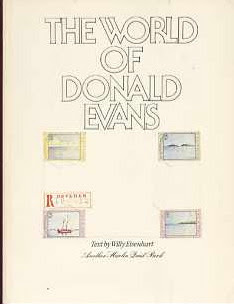Etching and Printing Class In Santa Monica
I've always been interested in how etched prints are done, so when I saw an ad on Course Horse for a class on etching, I decided to give it a try. This was a three hour class that took place at Josephine Press, a small printing press and workshop in Santa Monica. I got there on a Friday morning, and there were only two other students besides myself. The other two ladies were experienced print makers and artists, so I got the full attention of the teacher, a retired Italian American guy called John, from Pittsburgh.
The process was very involved. Basically, etching is the process of carving lines into a zinc or copper plate, letting ink seep into the grooves of the carved plate, placing a piece of paper over the plate and forcing the ink to transfer onto the paper via a heavy duty press.
Sounds simple? Not at all. After selecting the zinc plate to carve from, I had to prepare the plate. This is done by cleaning it with steel wool to make it shine like chrome, beveling the edges, and then coating the plate with this compound called Neverdull, which makes the plate black and dull. I then put the blackened plate on a hot plate for a few seconds until it is smoky grey. Then, I polish the plate with rags, clean it with a degreaser, and then coat it with this asphalt-like wax. It goes on the hot plate again for another few seconds until it looks glassy. Finally, the zinc plate is ready to be etched.
The next challenge was my lack of drawing skills. To make an etched print, you still need to have an image to etch, and most artists can draw the image. I had a hard time coming up with an idea and executing the idea on paper. I looked on my phone's photo gallery and found a picture of a simple Coca Cola bottle, so I decided to use that. Well, trying to draw that coke bottle took me forever, and after the simple line drawing was done, I had to use tracing paper to transfer the drawing onto the asphalt covered zine plate.
Next, I use a needle like tool to scratch the outline through the asphalt, exposing it on the underlying plate. Once the asphalt covered plate is thus carved with lines, it is placed in a bath of diluted acid to let the acid eat at the zinc plate. The grooves of lines are formed on the plate through acid reaction with the plate while the asphalt is not affected. The result are fine lines carved or "etched" into the plate.
Next, the asphalt is cleaned off the plate with non-odor spirit and degreaser, leaving just a shiny plate with lines acid-carved into it. Ink is then rubbed into the lines on the plate. Ink outside the lines is wiped clean with meshed cloth. The plate is then placed face up on a heavy duty press, with a piece of wet paper over it and then covered with heavy duty felt. The press then rolls over the assembly, forcing the ink onto the paper covering it, and voila! A print of the drawing is transferred onto the paper.
For additional prints, you have to re-ink the plate each time.
My print suffered from the fact that my drawing was not of real artistic quality, but John said that aquatint can be applied to the plate next time to give the coke bottle depth and 3D quality.
I saw the work of the other two artists at the shop and noticed that etched prints can be so detailed and amazingly photo-realistic when proper technique and skills are applied. I can't wait to give the process another go.
Josephine Press
2928 Santa Monica Blvd.
Santa Monica, CA 90404



Comments
Post a Comment